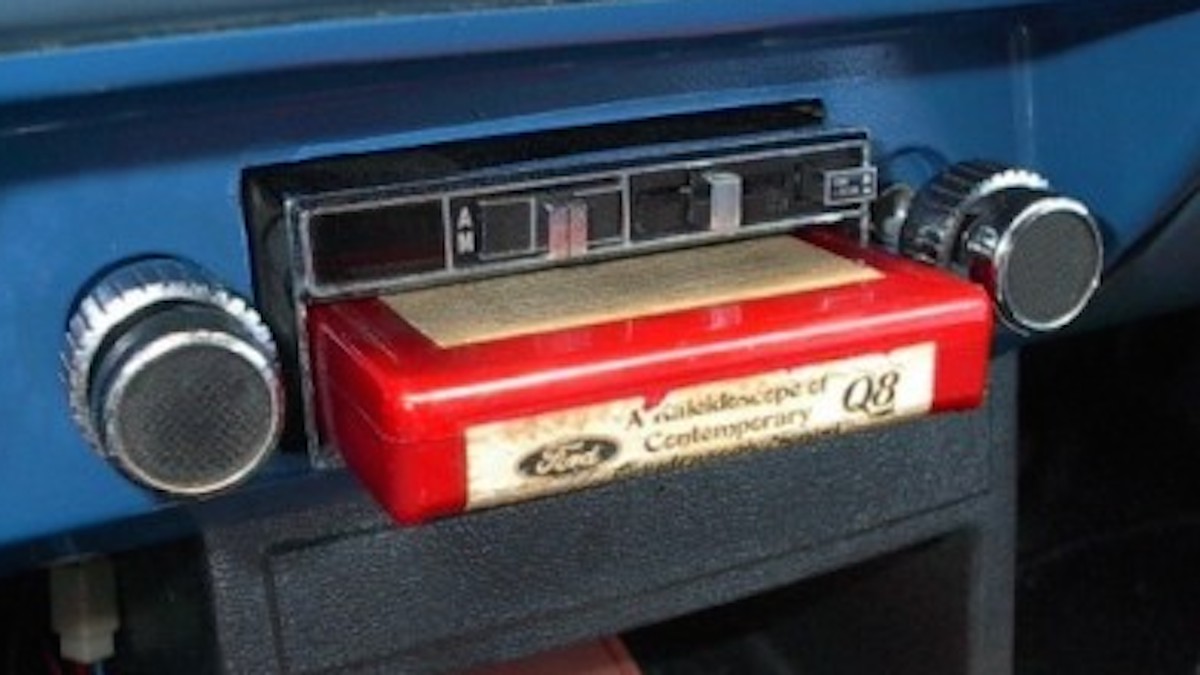Carthar said:
Is there any understanding of how long an astrogation check/jump plot is good? A few hours, a day or several days?
Is it very sensitive to the jump out location in a system?
Could you make the check as soon as you jumped into a system so that you could jump out at a moments notice?
In the Spacecraft Operations section, the Preparing for Jump explains the task chain sequence and says that the astrogation check can be performed in advance. You are correct, in noting that it doesn't give any indication as to how good that information is good for. I guess it depends on what exactly is being attempted.
If I'm the Referee, and the ship breaks out of jump and the crew is like, "Yikes, let's get out of here and head back from where we came!" How I understand the rules; I'm going to have them start the prep for jump task chain as normal. If the astrogator wants to perform their task faster, apply the appropriate DM as in the rules, and so forth along the chain. Since they are traveling between the two points they just used, then I'd likely allow a Boon die....they are basically having to verify and tweek the data.
If it's a case where they arrive and immediately want to jump to the next destination? Then the prep to jump task chain as normal.
I guess as a Referee, having these chains to use makes it a bit "easier" to keep the game interesting. "Something is happening!!!", and if that something means they failed because they decided to rush (or had to rush) :twisted: Well....then that just gave me a plot hook and I can get to work. :twisted:
If asked why it take so long? I'd explain that when performing something like an astrogation check, you are not only calculating the XYZ of two points. You are calculating the XYZ position of all the stellar bodies in that system (gotta make sure your outside 100D of all) and the same in the target system. Oh, and you also have to calculate time as it affects the position of those bodies to account for 168 hours....plus or minus

Most of the Traveller I've refereed has heavily used random events and such, it helps make the game exciting for me. The above example works well with how I'm used to playing, so hopefully you find it helpful.
